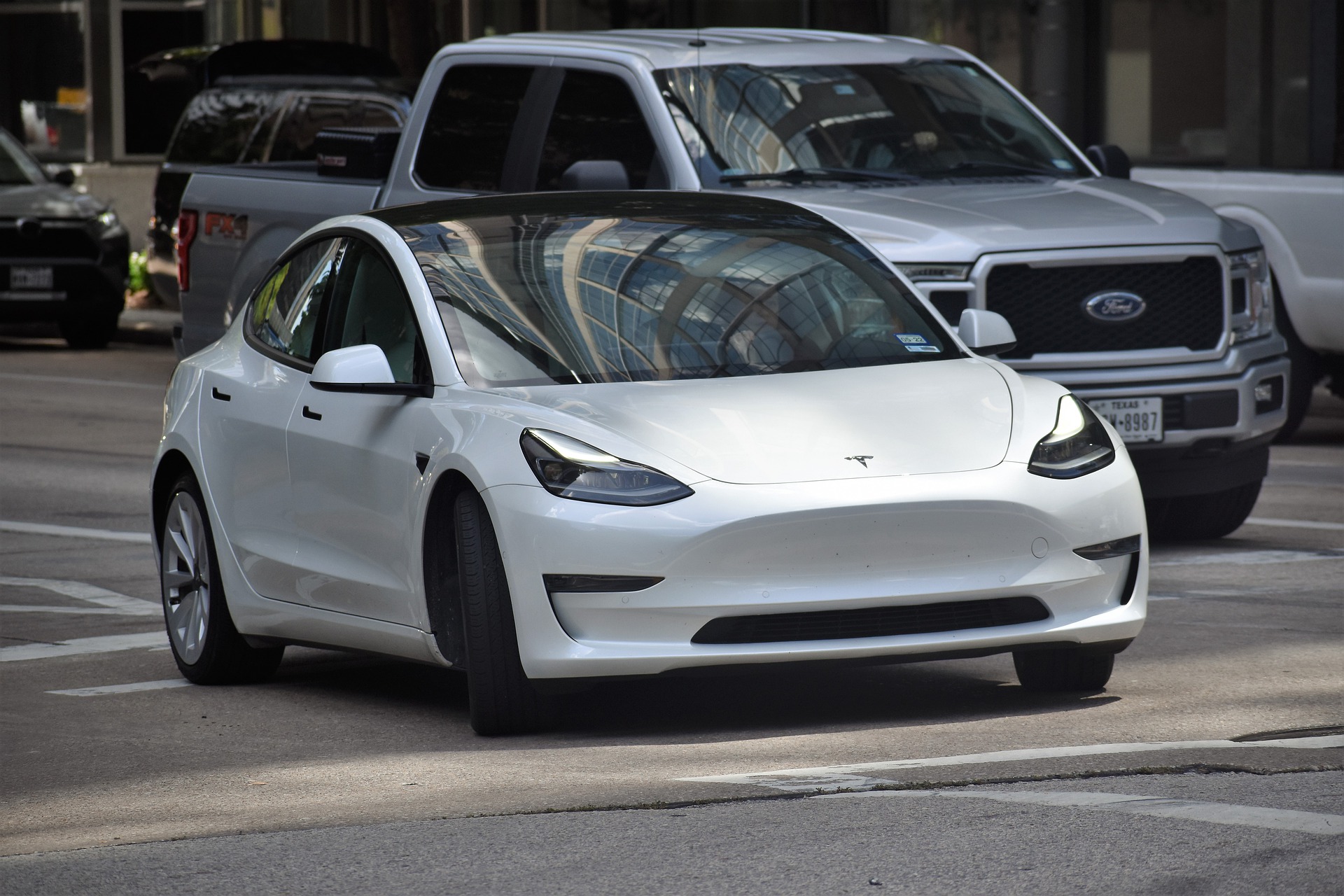The Dawn of Hydrogen Fuel Cell Vehicles: A Comprehensive Analysis
Introduction: Dive into the world of hydrogen fuel cell vehicles! This untapped potential could be the answer to a greener and sustainable future. Discover the journey of this technology, its current trends, and the impact it can have on the automotive industry.

A Historical Perspective on Hydrogen Fuel Cell Vehicles
Hydrogen, the most abundant element in the universe, has been known for its potential as a clean, renewable fuel source since the 19th century. However, it was only in the mid-20th century that the concept of a vehicle powered by hydrogen fuel cells became a tangible reality. In 1959, the Allis-Chalmers Manufacturing Company introduced the first fuel cell vehicle, a 20-horsepower tractor. Since then, development has been slow but steady, with automakers like General Motors, Honda, and Toyota releasing hydrogen-powered vehicles in the 21st century.
The Current Scenario: Where Are We Now?
Today, the hydrogen fuel cell vehicle market is still in its nascent stage, but it’s showing promising growth. A notable example is Toyota’s Mirai, which showcases the potential of hydrogen technology. However, the challenge lies in the lack of infrastructure for hydrogen refuelling and production. Despite these hurdles, industry experts predict a rise in hydrogen fuel cell vehicles, given their potential to combat climate change and reduce fossil fuel dependence.
Hydrogen Fuel Cell Technology: Impact, Benefits, and Challenges
Hydrogen fuel cell vehicles operate by combining hydrogen and oxygen in a fuel cell to produce electricity, which powers the electric motor. The only by-product of this process is water, making it a zero-emission vehicle. Besides, these vehicles have a longer range and refuel faster compared to their battery-electric counterparts. However, challenges such as high vehicle cost, hydrogen production, storage, and safety issues need to be addressed for widespread adoption.
Backed by Research: The Future Outlook
Several studies have highlighted the potential of hydrogen fuel cell vehicles. For example, a report by McKinsey & Company projects that by 2050, hydrogen could meet 18% of the world’s energy needs, reducing annual CO2 emissions by roughly 6 gigatons compared to today’s levels. These findings indicate a promising future for hydrogen in the automotive sector.
Striking a Balance: A Deep Dive into the Technical Aspects
Despite the complex nature of hydrogen fuel cell technology, it’s important to understand its basics. The process begins with hydrogen gas stored in high-pressure tanks in the vehicle. This hydrogen is then fed into the fuel cell, where it combines with oxygen from the air to produce electricity and water. This electricity is used to power the vehicle’s motor, providing a clean and efficient mode of transportation.
While there are challenges to overcome, the potential of hydrogen fuel cell vehicles cannot be ignored. As the world seeks greener alternatives, this technology may pave the way for a sustainable automotive future. The journey of hydrogen has just begun, and its role in shaping the future of mobility is a narrative worth watching.




